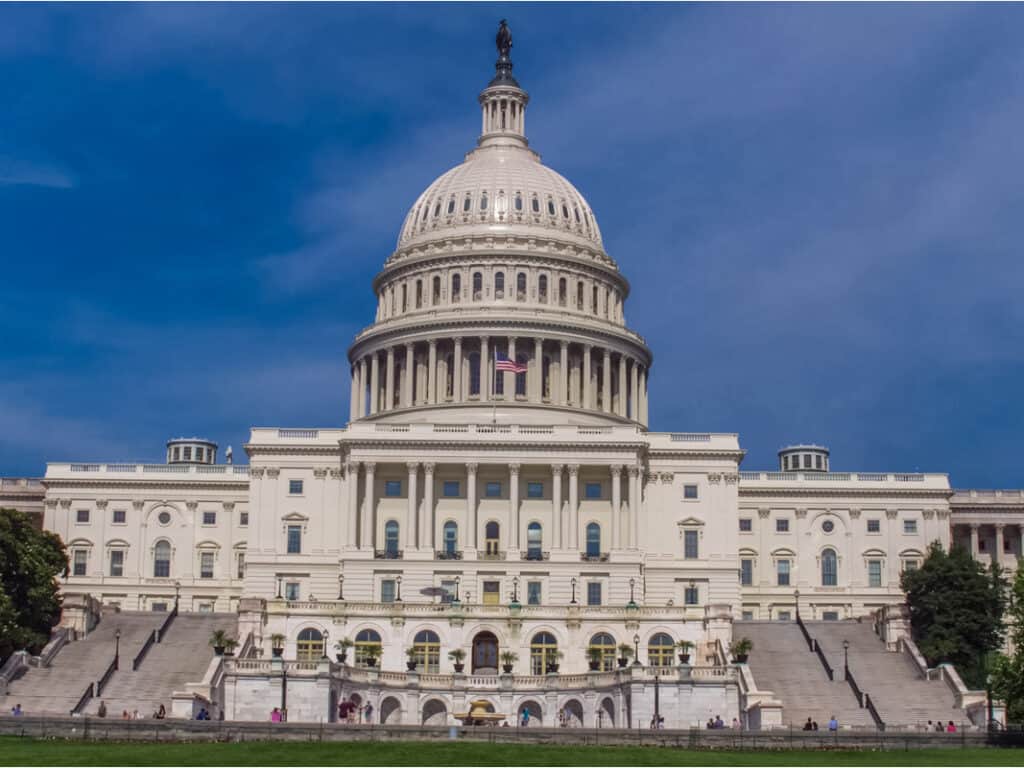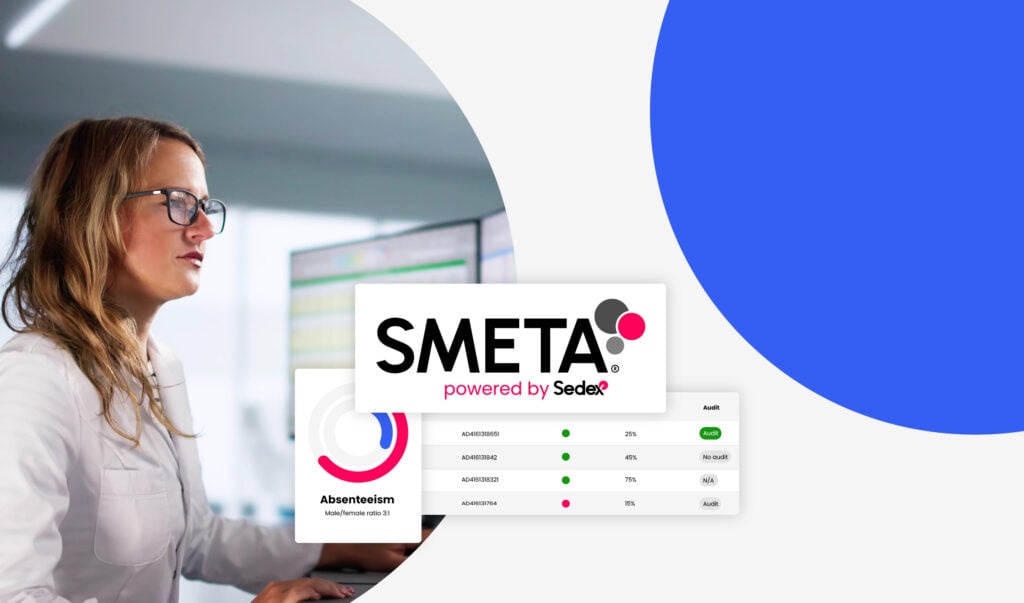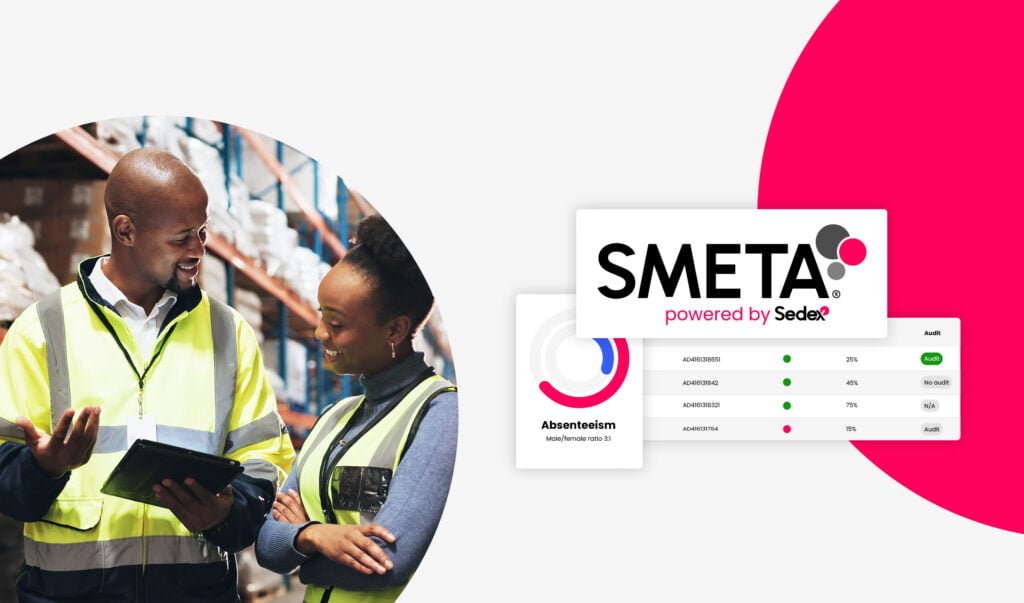Five Tips for Managing Supply Chain Disruption
Supply chain shocks are the new normal. How can companies prepare for a global operating environment that is permanently disrupted in some way? We look at five ways for companies to build resilience and manage disruption in their supply chain.
Global crises in recent years have affected supply chains in many ways, from rapid changes in geopolitics to transport disruptions and labour shortages. These challenges increase the pressure on businesses and their supply chains to deliver the same quality products in the same timeframes while balancing these additional operational difficulties.
Additionally, investors and other stakeholders expect companies to measure their impacts on people and the planet, and provide evidence of sustainable practices. Meeting these expectations can contribute to managing and preventing supply chain disruption. At the same time, the impact of supply chain disruption reaches further than day-to-day operations — likely hindering companies’ efforts to drive sustainability across their global supply networks.
Consequently, businesses’ ability to navigate frequent disruption in their supply chain is more critical than ever to long-term success, resilience and sustainability.
What is supply chain disruption?
Supply chain disruption is the disturbance of an organisation’s normal operations and supply network (goods and/or services). Depending on the level of disruption, it may impact productivity, logistics, business reputation or revenue, as well as the people working in a supply chain.
Today’s global supply chains are at constant risk of disruption, and the risk typically increases with greater supply chain complexity. The level of impact for a business will vary depending on the infrastructure and resilience of their supply chain, among other things.
Putting people, the planet and sustainable business practices at the core of company strategies is crucial for achieving sustainability goals and meeting stakeholders’ demands. These are also powerful enablers for successfully navigating supply chain disruption. Responsible business practices and related activities (e.g. supply chain mapping) help companies anticipate potential disruption, understand the likely impact on a business and develop effective responses.
Tips for managing supply chain disruption
1. Increase visibility by mapping your supply chain
You can only manage what you can see. To increase supply chain visibility and the operational and sustainability risks within it, a company must map its supply chain. Getting started is simple with the right tools.
Mapping a supply chain increases visibility of suppliers, sites, people and practices. With this insight, companies have a more accurate understanding of what supply chain shocks and disruptions are most likely to affect their supply chain, or will affect them most severely.
This visibility also enables a business to prioritise areas of greatest concern and distribute resources accordingly.
2. Use technology to identify and manage supply chain risk
Technology is a powerful enabler for risk mitigation. There are several intelligent tools that can facilitate supply chain risk management right down to the lowest tiers.
Sedex’s risk tool, for example, helps businesses understand social and environmental risk across global supply chains to prioritise acting on the highest risks. Sedex’s Risk Assessment tool provides over 340,000 individual risk scores to efficiently assess, compare and respond to supply chains’ environmental, social and governance (ESG) risks.
3. Work in collaboration with suppliers to build a sustainable supply chain
A more sustainable supply chain is a more resilient supply chain, where people and processes are less vulnerable to disruption.
A sustainable supply chain considers both the environmental and social impact of business activities. To help with this, collaborate with suppliers to drive sustainable practices across your supply chain and contribute to positive impacts such as decent work, fair wages, healthy ecosystems, workplace equal rights and more.
Setting environmental and social standards for your own and suppliers’ operations is an excellent way to drive more sustainable supply chain practices. Start by talking to your suppliers to define these standards and understand their challenges. This will help you to better understand what goals they can meet easily and where they need more support to build resilience. Consider what help your business can provide — such as training and guidance.
4. Stay up-to-date on relevant legislation
Legislation is constantly evolving, introducing new requirements for businesses on supply chains, transparency and sustainability. While there is usually an implementation period, some laws such as product bans can come into effect quickly. Preparing for these is essential, in order to avoid business disruption through operational restrictions, penalties such as fines, goods seizures and more.
Key legislation already in force or soon to become effective includes:
- The USA’s Uyghur Forced Labor Prevention Act, effective from June 2022.
- Germany’s Supply Chain Due Diligence Act, effective from January 2023.
- The European Union’s (EU) mandatory human rights and environmental due diligence legislation, the Corporate Sustainability Due Diligence Directive (CSDDD). The first draft of this was published in February 2022, and is expected to be approved in 2024.
It’s important to note that different laws will apply depending on where your business is based, the markets it operates in and its size, turnover and sector.
5. Build resilience by proactively preparing for disruption
The best way to manage supply chain disruption is through preparation and planning. When you understand what disruption may occur and how your supply chain might be affected, you’ll be better prepared to deal with a crisis. Proactive risk management, for example, should incorporate global events directly linked to both your company’s and suppliers’ operational landscape.
Building a resilient supply chain is an ongoing activity that requires collaboration, agility and proactivity. With the complexity of global supply chains, supportive tools are essential to build detailed visibility, identify risks and aid effective planning for future disruption. Use today’s data and technology to your advantage to draw insights and drive more sustainable business operations.
How Sedex can help
Sedex offers intelligent tools and services to help improve supply chain resilience through sustainable business practices. Through our technology and data, Sedex can help you manage your supply chain disruption risks and achieve your sustainability goals.
- Store, share, analyse and report on supply chain information with the Sedex Platform. Manage supplier performance on health and safety, due diligence, labour rights and more.
- Use a Self-Assessment Questionnaire (SAQ) to gather data about activities and working conditions across individual supplier sites.
- Identify social and environmental risks across your supply chain with our inbuilt risk analysis tool, and compare inherent risks in relevant countries and sectors.
- For bespoke support, our Consulting team provides solutions tailored to your precise business needs. Our experts help you manage your most pressing sustainability challenges in your operations and supply chains, from strategic sourcing to addressing impacts.



